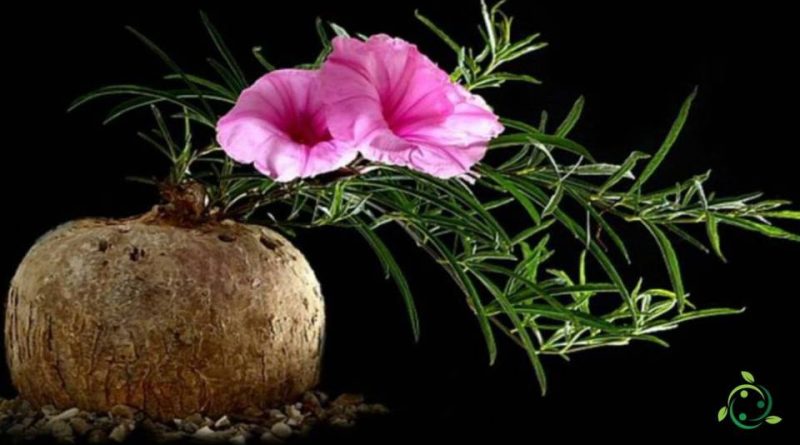Caudex
Caudex
The term caudex means, in botany, a stocky and enlarged shape of the stem, shaped like a flask, often partially buried, not branched, which acts as a reserve organ.
The caudex is placed at the base of the stem above or below the ground and is a tank with dimensions ranging from a few centimeters to several meters. It is the result of evolution as an adaptation to particularly inhospitable environments characterized by extended periods of drought and performs the function of accumulating water and nutrients, while the assimilating structure (deputy to photosynthesis and the processing of photosynthesis products) consisting of vegetation, little or not at all succulent, it appears rapidly after the rainy season and is completely or partially absent after the period of dormancy.
The plants that have the caudex are called Caudiciforms.
These are succulent plants much appreciated by many passionate growers who are attracted to these extravagant-looking plants which, instead of having the characteristic swollen tissues concentrated in the leaves as in the Aloe or in the stems as in the Euphorbiae, have the caudex, voluminous and with the roots often swollen, which constitutes the axis of the plant.
The caudic species of the desert species live completely or partially buried but are not tubers like potatoes which have limited growth and cannot vegetate if they are 40% outside the soil.

